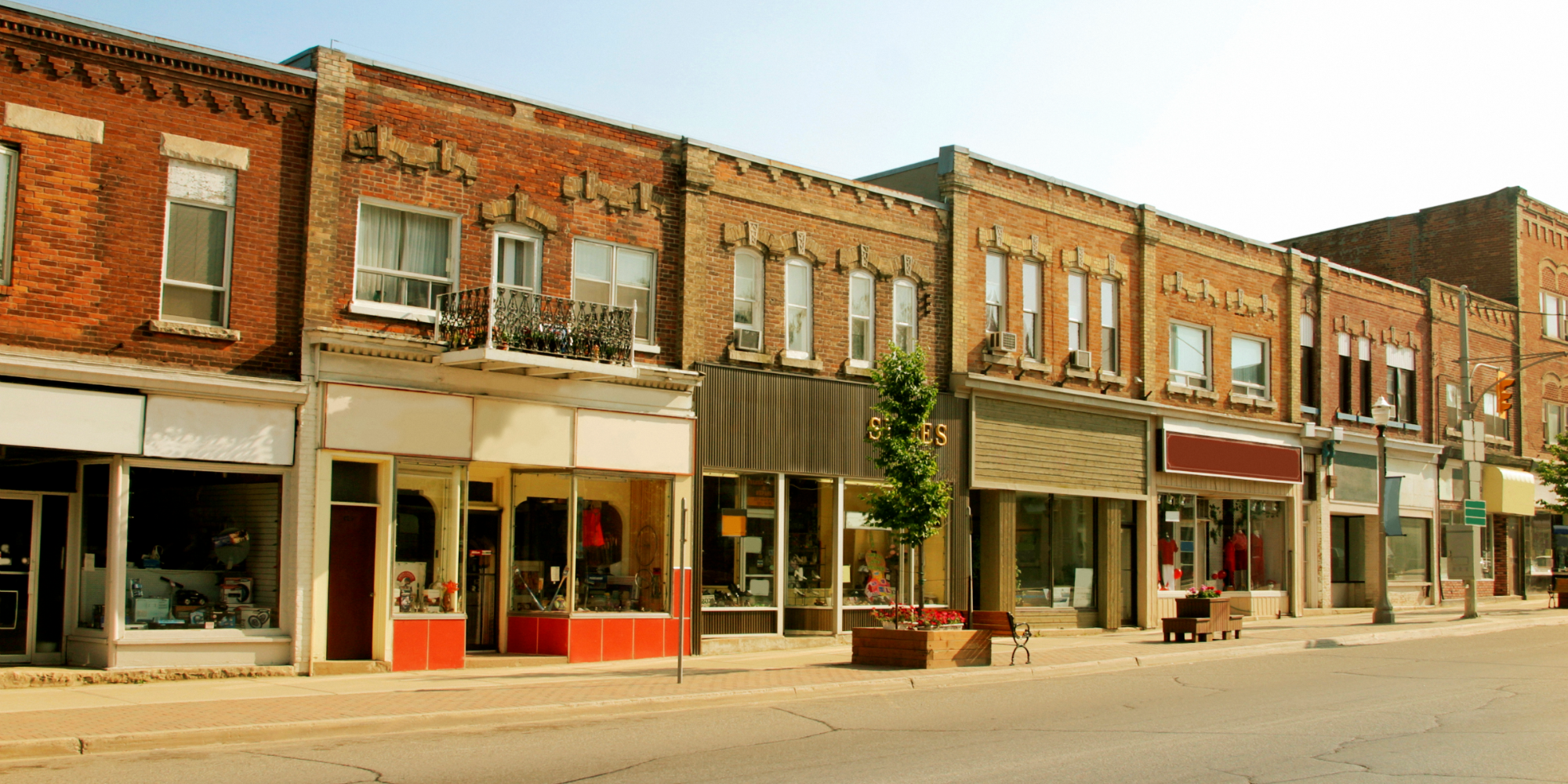In a survey of municipal finance officials, the picture is clear that municipalities are prioritizing infrastructure dollars for maintenance and upgrades. Among respondents, the highest priority infrastructure projects were streets and roads (88% of respondents ranked these as a high priority), followed by water systems (85%), and sewer system/ storm water drainage (74%) (See figure 1).
Small Cities Prioritize the Same Types of Infrastructure as Larger Cities; Less Able to Make Maintenace and Upgrades a High Priority
Small, large, and mid-sized cities alike are directing their infrastructure dollars towards streets and roads. However, the percentage of smaller cities ranking these categories as a “high” priority is lower overall than that of larger cities. The highlighted column in Figure 1 shows the difference in the percentage of large cities and smaller cities ranking each type of infrastructure as a “high” priority.
The findings of this analysis point towards the need of smaller communities for support bolstering their technical capacity to provide data that makes a compelling application to win federal funding and meet federal matching requirements. One opportunity for support is through the Local Infrastructure Hub Bootcamp which is open to all cities under 150,000 in population and helps municipalities to create compelling applications for funds through the Infrastructure Investment & Jobs Act (IIJA).
Larger cities place a higher priority on infrastructure across categories than smaller cities in our sample because these large cities have more funding and capacity to take action on infrastructure than smaller cities. Larger cities generally have more funding available through tax revenue. In addition to the funding that they raise through taxes and charges, larger cities also have higher administrative capacity to win federal funding as they may have greater ease meeting federal match requirements, more staff capacity to write compelling grant applications, and more data available either produced internally or from public sources.
About The Survey
Chief finance officials from 178 cities, in response to an NLC survey, shared how their cities, towns and villages have prioritized, funded, and approached different infrastructure needs. NLC’s 2022 Municipal Infrastructure Conditions Report details their responses and analysis of the state of infrastructure across local communities.
The survey asked municipal finance officials to rank 11 different types of infrastructure as “high”, “medium”, or “low” priority. The 11 types of infrastructure assessed were: Bridges; parking lots; parks and recreation areas’ public transit system; public buildings; power utility system; public broadband system; sewer system/storm water drainage; streets and roads; water systems; water treatment and reclamation.
Overall, large cities (with population over 300,000) ranked infrastructure as a higher priority than smaller and mid-sized cities. For all 11 types of infrastructure assessed, a larger percentage of officials of large cities ranked their assets as a “high” priority than officials from smaller and mid-sized cities.
Responses from officials representing 178 different municipalities across the U.S. were assessed. Responses represented cities with populations that range from 10,336 to 3,792,621.
Findings from this analysis, while not representative of all U.S. municipalities, offers an overall trend that is still meaningful. In three out of 11 categories assessed, there was a meaningful difference between the responses of small, mid-sized, and large cities.i
Conclusion
NLC’s analysis shows that the infusion of critical federal dollars has allowed local leaders to prioritize the individual infrastructure needs of their communities. In smaller and mid-sized communities, which have historically lacked capacity, skills and training to apply for and access federal grants and programs for their infrastructure needs, NLC has been supporting through the Local Infrastructure Hub and other resources.
Along with the ranking of the prioritization of different types of infrastructure, this survey analysis also assesses financing methods, quality of infrastructure, and municipal infrastructure related needs. The full analysis can be found in the report Municipal Infrastructure Conditions in 2022.
i An analysis of variance (ANOVA) test was conducted to see if there were meaningful differences between responses from four subsets of respondents. Those representing cities town or villages with populations between 10,000 and 49,999; cities between 50,000 and 99,999; cities between 100,000 and 299,999; and cities over 300,000 in population. Eleven questions asked the respondents to rank how high of a priority each of the 11 major types of infrastructure were to the government. The three possible responses, “high”, “medium”, and “low” priority were converted to a number scale 1-3. For questions regarding the prioritization of public buildings; public transit systems; and power utility infrastructure, the ANOVA showed a significant difference between responses. The difference between groups for the other 8 categories of infrastructure were not statistically significant.










